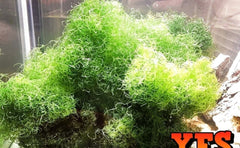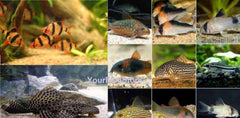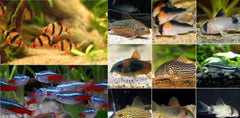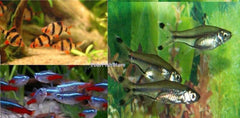X5 Brittle Star Fish - Ophiocoma Echinata

x5 BRITTLE STAR FISH - OPHIOCOMA ECHINATA - FREE SHIPPING
Care Level: Moderate
Temperament: Semi-aggressive
Reef Compatible: Yes
Water Conditions: 72-78° F, dKH 8-12, pH 8.1-8.4, sg 1.023-1.025
Max. Size: 10"
Unlike other commonly known starfish, the Brittle Starfish has long and thin arms that enable them to move quickly. The Brittle Starfish has five arms that are radiating from a central disk, underneath which, the mouth of the starfish is located. They are great scavengers and mainly feed on decaying matter and plankton. The Brittle Starfish can be found commonly in most of the world?s coral reefs. They are brittle, spiny and hard skinned animal. The Brittle Starfish are also known as serpent star due to its sleek morphology. They move along the sea bed, and if any arm is cut off it can be regenerated and form a new arm. The Brittle Starfish have separate sexes but a few species are also found as hermaphrodite. Also, asexual reproduction is possible by disc cleavage. The Brittle Starfish generally like to stay on rocks and therefore live rocks are necessary in an aquarium to give a natural home like shelter to them. It is nocturnal and often hides under the rocks during the day. It feeds on small organisms during the night, and pushes their stomach out through their mouth, and digest the prey. They do not possess any brain and they have a ring of nerve cells that send the information around the whole body. The Brittle Starfish varies in color, and features tube feet. These tube feet are located along the arms that sense light and smell. The Brittle Starfish are negatively phototrophic, that is to say that they tend to move away from the light and are more active at night. It cannot tolerate copper medication.
The Fancy Brittle Star enjoys an established saltwater aquarium with plenty of live rock for hiding. It is nocturnal and often hides under the rocks during the day. At night, it comes out to eat detritus and small organisms. It cannot tolerate copper-based medications.
In the aquarium it may be fed zooplankton, very finely chopped meaty items, and liquid invertebrate foods.
QUESTIONS & ANSWERS
Have a Question?
Be the first to ask a question about this.














